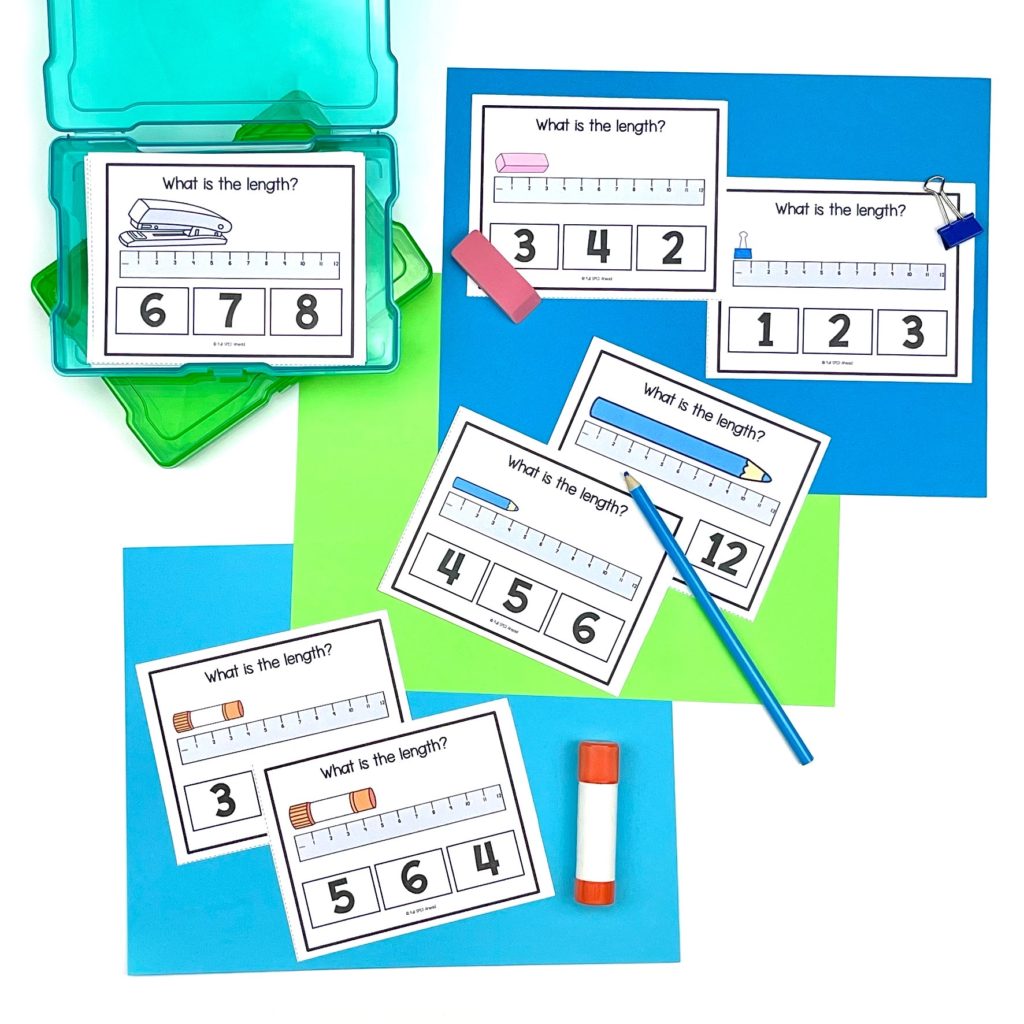
In the world of special education, teachers are beginning to use task cards for students. They are creating an effective and engaging learning environment. This is crucial for the growth and development of students with diverse needs. Task cards for students have emerged as a versatile and valuable tool for achieving this goal. In this blog post, we will explore how and why special education teachers can use task cards in centers for student work, highlighting the benefits and providing practical tips for implementation.
Read more about task cards for students here!
Task cards are a versatile teaching resource consisting of individual cards, each with a specific learning task or question. They can cover a wide range of subjects and skills, making them adaptable to various grade levels and abilities. Here’s ways to use task cards into classroom centers for students:
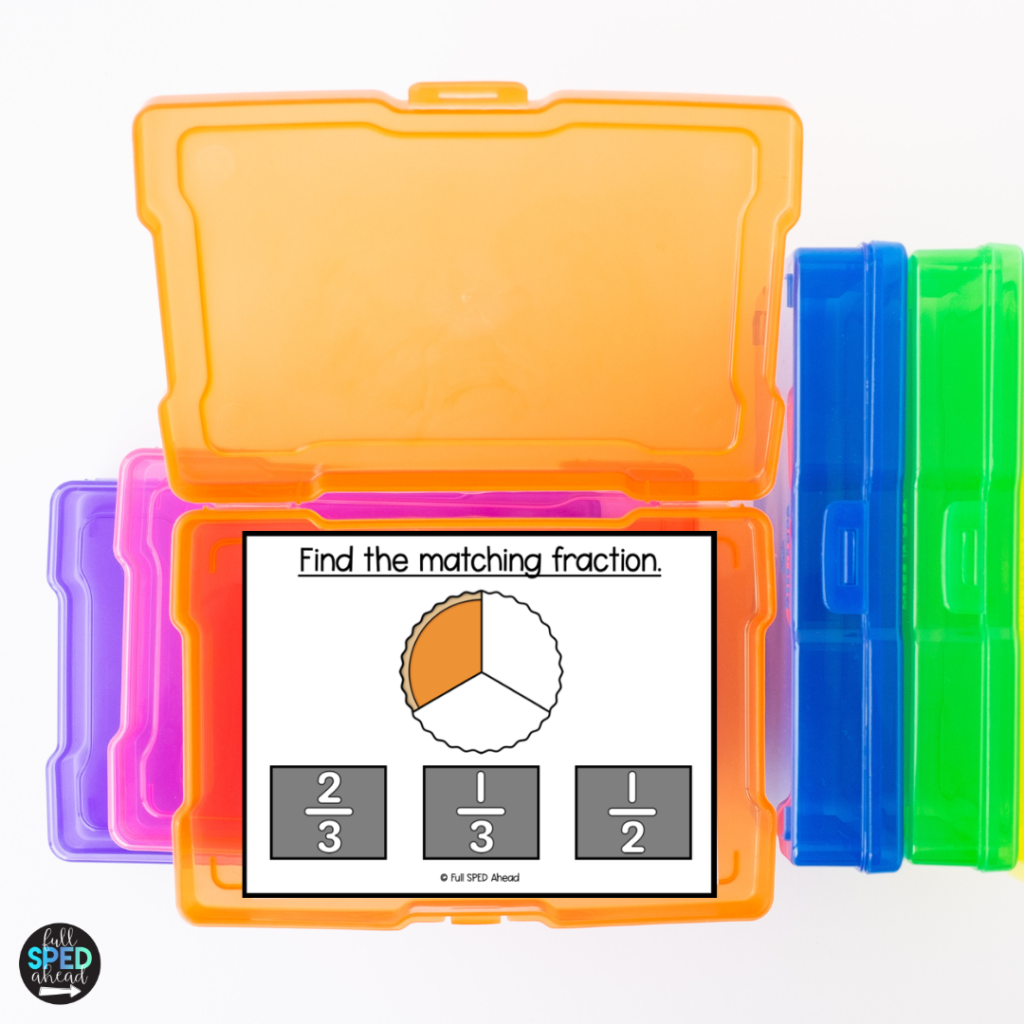
Assess Student Needs: Before introducing task cards, it’s essential to assess each student’s strengths and weaknesses. Understanding their individual learning profiles will help you select or create task cards that align with their specific needs and goals.
Task Card Customization: Tailor task cards to match individualized education plans (IEPs) or learning objectives. Modify the content, format, or difficulty level to ensure that each student can engage with the material meaningfully.
Progress Tracking: Use task cards not only as instructional tools but also as progress monitoring tools. Keep records of how students perform on various task cards over time. This data can inform your teaching strategies and help you adjust instruction as needed.
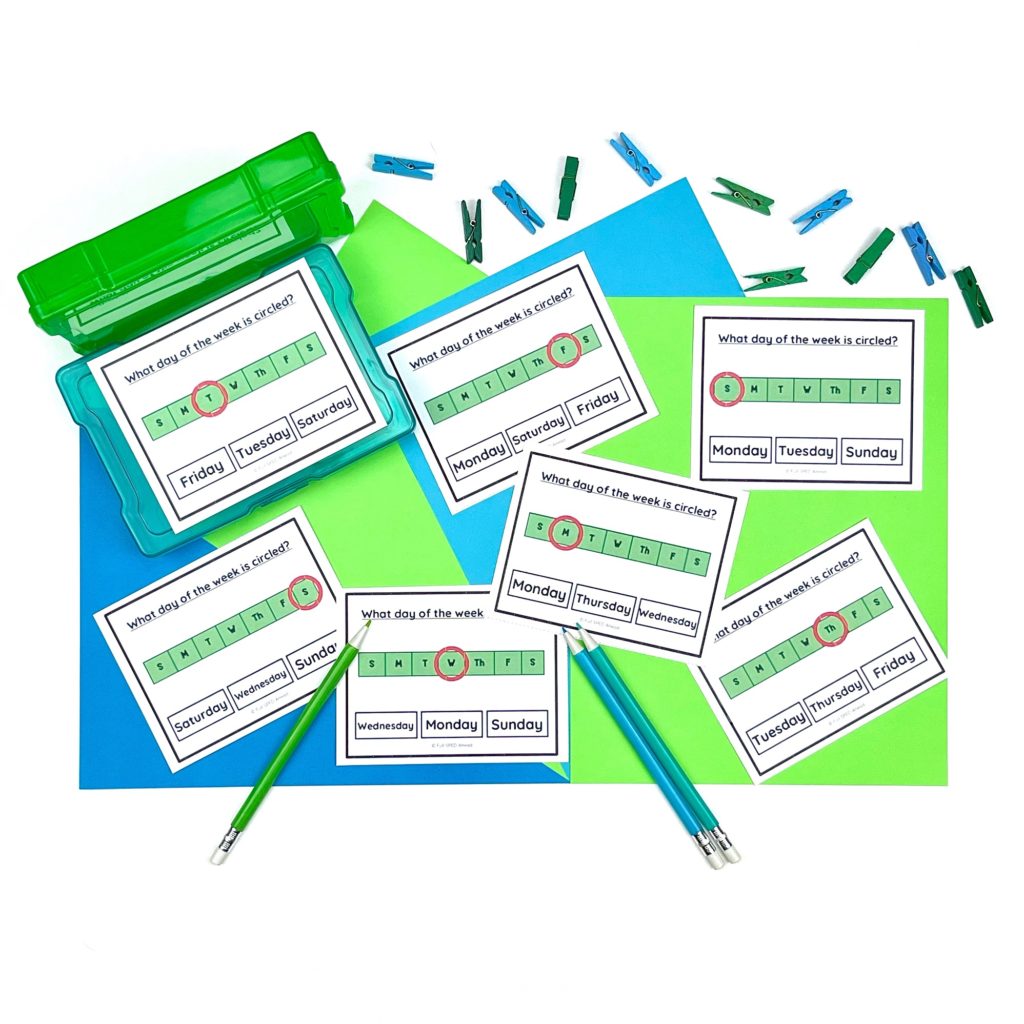
Scaffolded Learning: Task cards can be designed to scaffold learning progressively. Start with basic concepts and gradually increase the complexity of tasks as students demonstrate proficiency. This scaffolding approach ensures a smooth transition from foundational skills to more advanced ones.
Targeted Skill Focus: Identify specific skills or concepts that students need to reinforce. For example, if you’re working on math skills, task cards can address addition and subtraction at different difficulty levels. This targeted focus allows you to address individual skill gaps effectively.
Error Correction: While the goal of errorless learning is to minimize mistakes, it’s essential to teach students how to recognize and correct errors when they do occur. Include error correction strategies as part of the learning process to promote growth and resilience.
Multi-Sensory Integration: To boost engagement, consider incorporating multiple senses into task card activities. For instance, if you’re teaching vocabulary, use task cards with both written words and corresponding images or tactile elements. This multisensory approach caters to diverse learning styles.
Interactive Games: Transform task card activities into interactive games. Students can work in pairs or small groups, taking turns to complete tasks or answer questions. Gamification adds an element of competition and fun, increasing motivation.
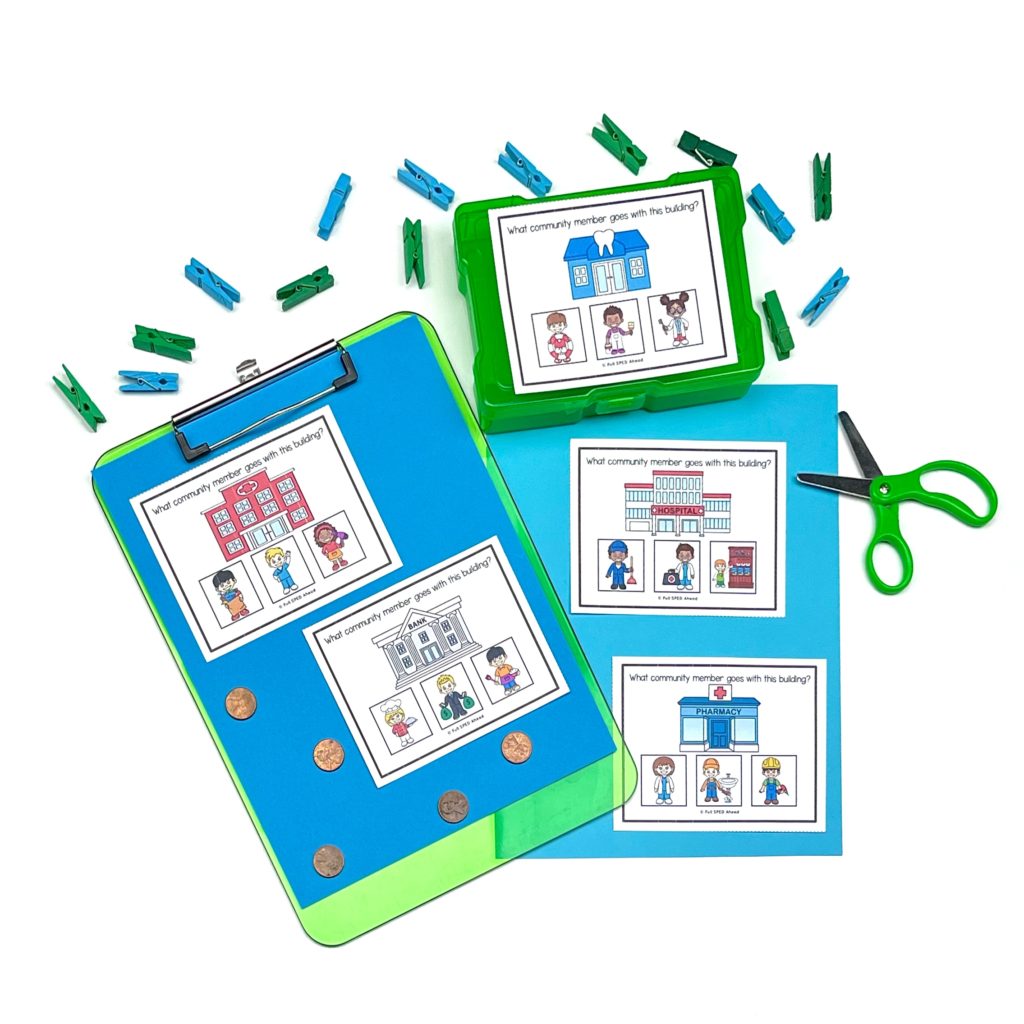
Choice and Autonomy: Offer students choices within the task card activities whenever possible. For example, let them choose the order in which they complete tasks or allow them to select from a menu of task card options. This autonomy fosters a sense of ownership over their learning.
Flexible Timing: Recognize that students with special needs may require additional time to complete tasks. Task cards are ideal for self-pacing because students can work at their own speed. Allow extra time when needed, ensuring that students don’t feel rushed.
Visual Timers: Use visual timers or countdown clocks to help students manage their time effectively. These tools provide a visual representation of time passing, aiding students in self-regulating their work pace.
Checkpoints: Incorporate checkpoints within task card sets. These are predetermined breaks where students can review their progress and adjust their pace if necessary. Checkpoints promote self-awareness and time management skills.

Data Collection: Develop a systematic method for collecting data on student performance with task cards. This data should include accuracy, completion time, and any observed challenges. Regularly review and analyze this data to inform instructional decisions.
IEP Alignment: Ensure that the task cards align with the goals and objectives outlined in students’ IEPs. Track progress toward these IEP targets using task card activities and use the data for IEP meetings and reporting.
Intervention Planning: When you notice consistent difficulties or patterns of errors in task card performance, use this information to plan targeted interventions. These interventions can take the form of additional practice, modified task cards, or individualized instruction.
Gradual Independence: Foster independence by gradually transitioning students from guided practice to independent use of task cards. Start with teacher support and reduce it over time as students gain confidence and competence.
Self-Monitoring: Teach students to self-monitor their progress and quality of work. Encourage them to check their answers or evaluate their completed tasks independently. Self-monitoring builds valuable self-regulation skills.

Peer Support: Consider implementing peer support systems where more independent students can assist others with task card activities. Peer tutoring promotes a sense of community and collaboration.
Tiered Task Cards for Students: Create tiered sets of task cards that offer varying levels of complexity. This allows you to differentiate instruction within a single activity. Students can progress from basic to advanced task cards based on their readiness.
Choice Boards: Implement choice boards that provide students with options for task card activities. These boards can include tasks at different skill levels, enabling students to select activities that match their abilities and interests.
Flexible Grouping: Group students flexibly based on their needs and abilities for task card activities. Form small groups or pairs with mixed skill levels to promote peer support and collaboration with task cards for students.
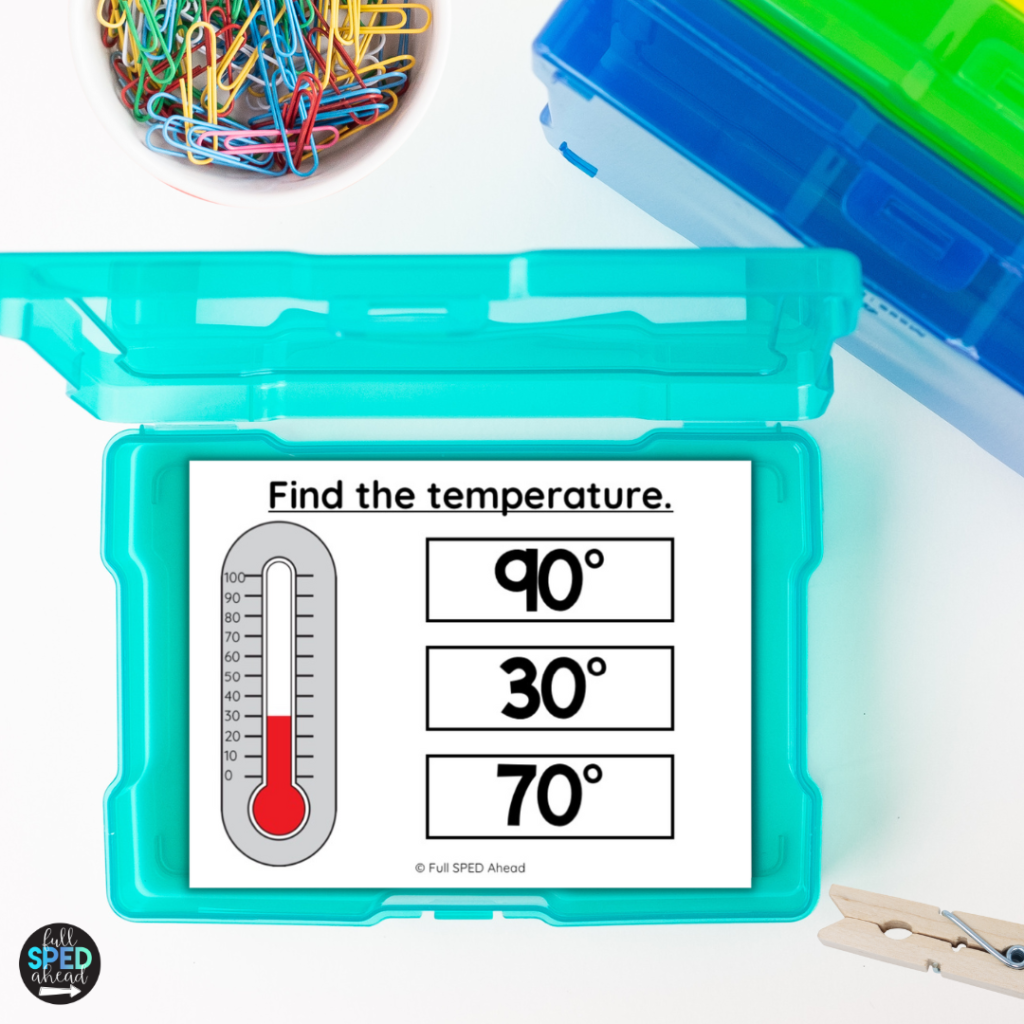
Read more about task cards for students here!
Now that we understand the benefits, let’s explore some practical tips for implementing task cards effectively in special education centers:
1. Start with Clear Instructions: Before introducing task cards to your students, provide clear and concise instructions on how to use them. Use visual cues or step-by-step guides if needed.
2. Organize by Skill Level: Group task cards by skill level or difficulty, so you can easily match them to each student’s needs. This organization simplifies the process of selecting appropriate tasks for each student.
3. Use Visual Supports: For students who benefit from visual supports, consider adding visual aids or cues to the task cards. This can include pictures, icons, or color-coded instructions.
4. Incorporate Hands-On Materials: Task cards can be paired with hands-on materials, such as manipulatives or sensory objects, to enhance learning. This multisensory approach can be particularly effective for students with special needs.

5. Offer Choice: Allow students to choose some of their task cards. This element of choice can increase motivation and engagement.
6. Rotate Task Cards: To keep centers fresh and exciting, periodically rotate the task cards to introduce new challenges and skills.
7. Include Social Skills: Task cards can be an excellent tool for teaching and reinforcing social skills. Create scenarios that require students to practice social interactions or problem-solving.
8. Collaborate and Share: Collaborate with other special education teachers to share task card resources and ideas. You can find a wealth of task card sets on educational websites and platforms like Teachers Pay Teachers.
Read more about task cards for students here!
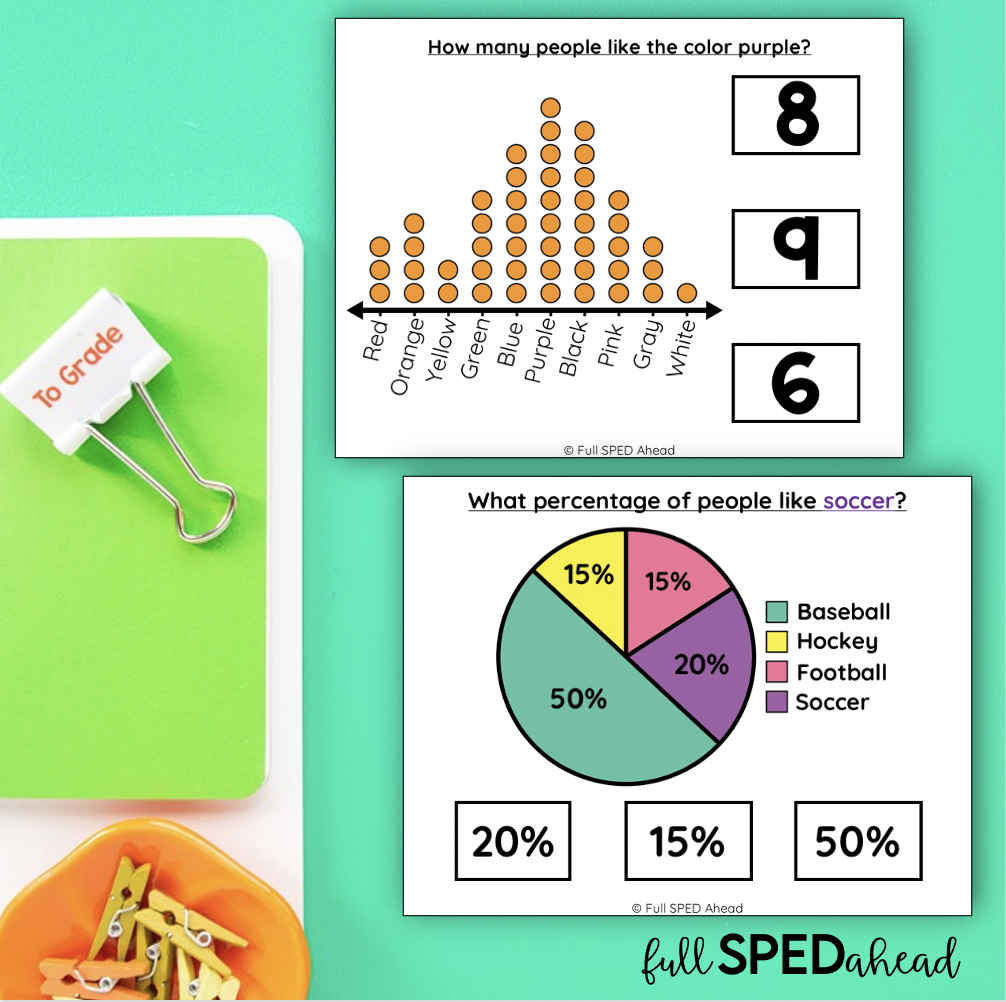
Task cards for students are a versatile and effective tool for special education teachers looking to create engaging and individualized learning experiences for their students. Their adaptability, engagement factor, and potential for skill reinforcement make them a valuable addition to any special education classroom. By following the practical tips outlined above, special education teachers can harness the power of task card activity to enhance student learning in your classroom and promote growth in a supportive and inclusive environment.
Instagram | TeachersPayTeachers | Facebook | Boom Learning Library | Pinterest | Youtube
What are you looking for?
COPYRIGHT © 2025 Full SPED Ahead